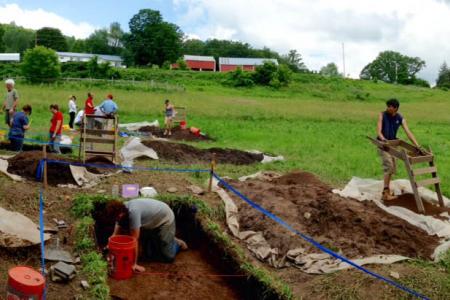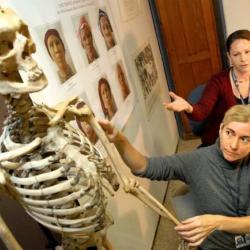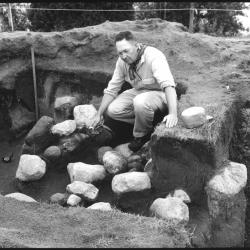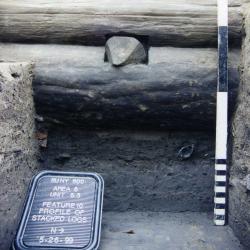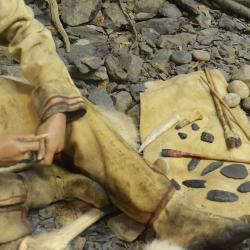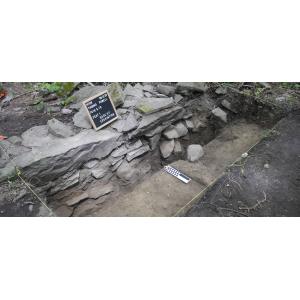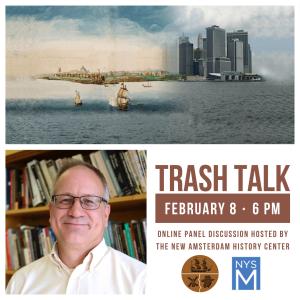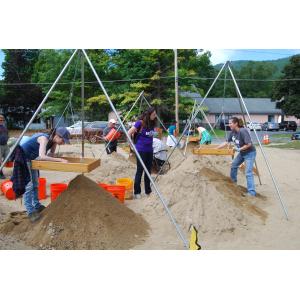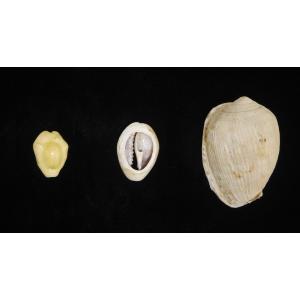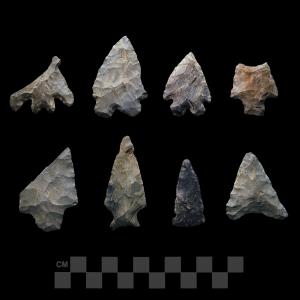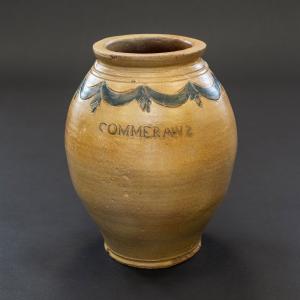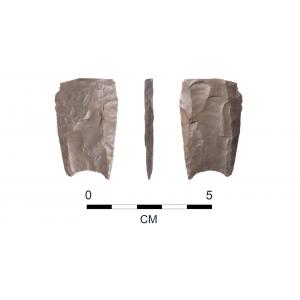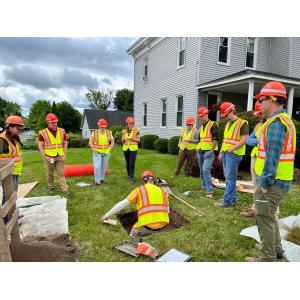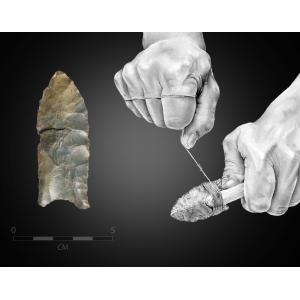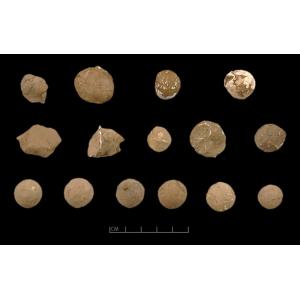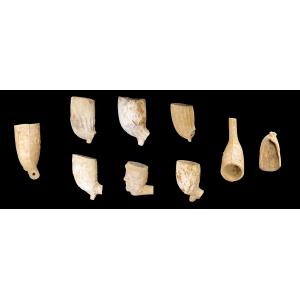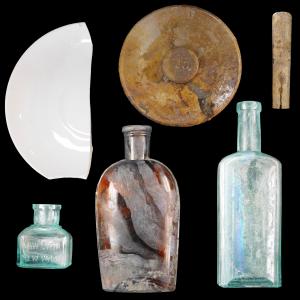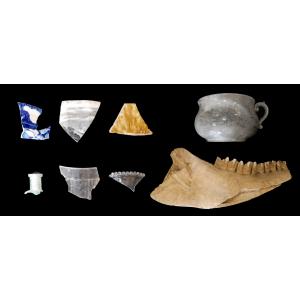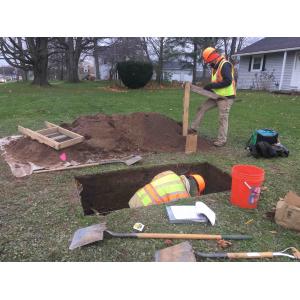Archaeologists from the NYSM’s Cultural Resource Survey Program are in the field, excavating at the precontact Native American Genesee Overlook site in Western New York. The site was found during a survey in advance of road construction, when chipped stone artifacts were found across a broad...
The focus of the Archaeology Department is using archaeological remains to interpret the nature and results of human activity in and around New York State, as well as activities in other regions that had an impact on people living in New York. Archaeological research at what would become the New York State Museum began in 1847, when the Board of Regents expanded the State Cabinet of Natural History to include an Historical and Antiquarian Collection. During the 20th century, formative research in archaeology was carried out by Museum staff members such as Arthur C. Parker, William A. Ritchie, Robert E. Funk, and William N. Fenton. Today, an active program of field and collections-based research in Native American and Euro-American archaeology, geoarchaeology, paleoethnobotany, and biological anthropology continues under staff members, museum research associates, and visiting researchers.


